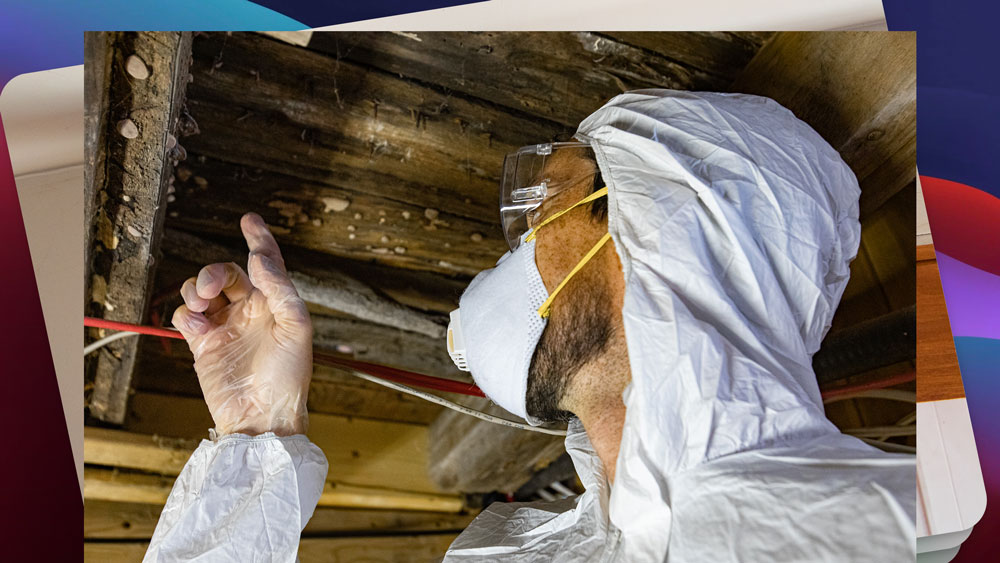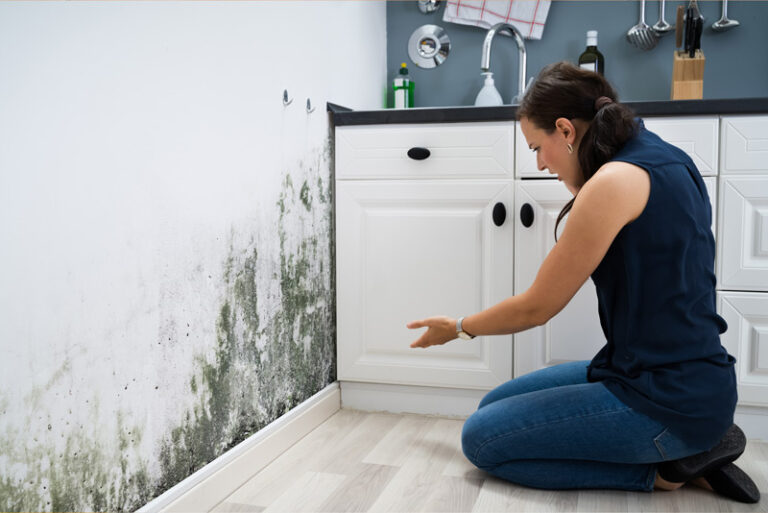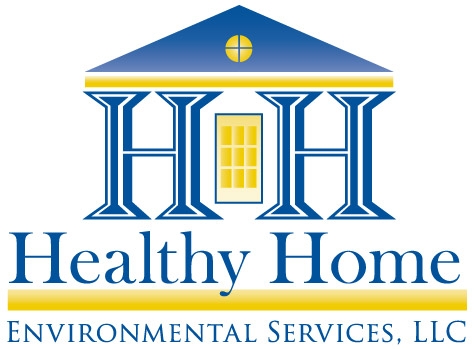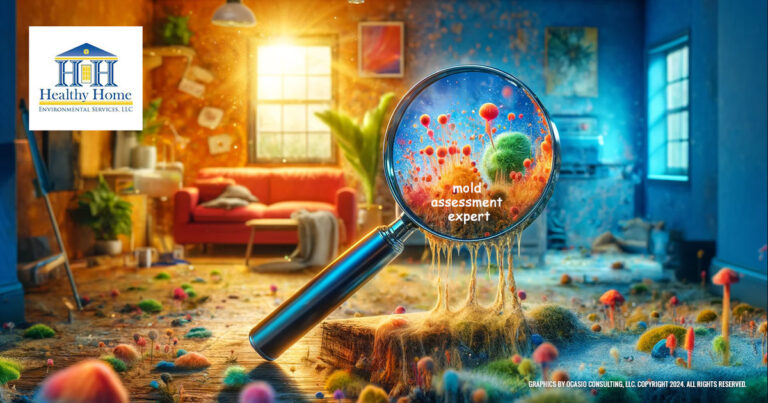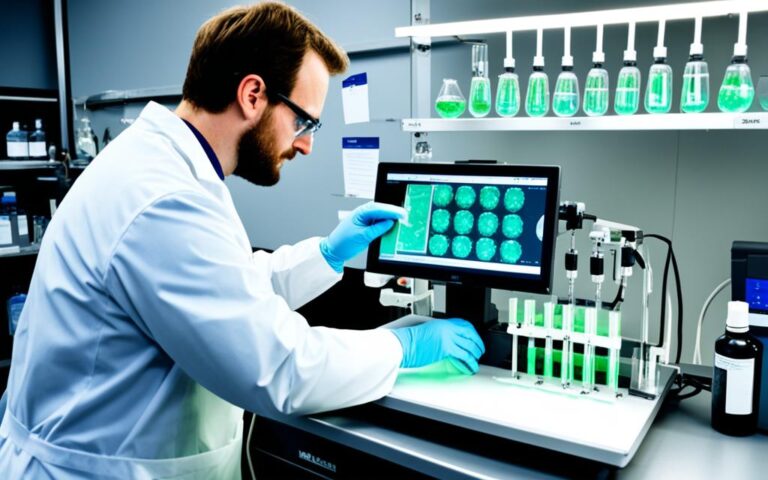What Happens During a Mold Inspection: A Step-by-Step Guide
Introduction: What Happens During a Mold Inspection: A Step-by-Step Guide
Are you worried about mold growth in your home or business? A mold inspection can help identify the problem and prevent health issues.
Mold is a common household problem that can cause serious health issues if left untreated. A mold inspection is a crucial step in identifying and addressing mold growth in your home or business.
Mold can grow anywhere there is moisture and organic material. It can be found in hidden places like behind walls, under carpets, and in air ducts. Mold spores can cause respiratory problems, allergies, and other health issues. A mold inspection is the best way to identify and address mold growth before it becomes a bigger problem.
In this article, we’ll take you through the step-by-step process of a mold inspection and what you can expect.
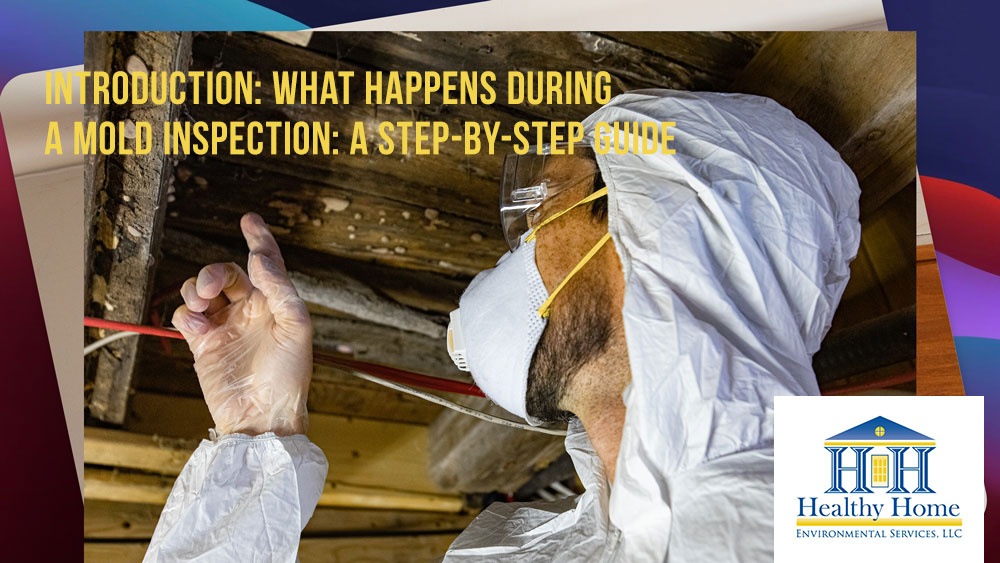
What is a Mold Inspection?
A mold inspection is a visual examination of a property to identify areas of mold growth. A certified mold inspector will assess the property for signs of moisture, water damage, and mold growth. They will also take samples of the air and surfaces to determine the type and level of mold present.
Below is a Step-by-Step Guide to a Mold Inspection:
Step 1: Visual Inspection
During the visual inspection, the mold inspector will conduct a thorough examination of the property to identify areas of water damage, leaks, and moisture problems. The inspector will check areas that are prone to mold growth, such as bathrooms, kitchens, and basements. They will also look for signs of mold growth, such as visible mold, discoloration, and musty odors.
The visual inspection is an essential step in identifying potential sources of mold growth. Water damage and moisture problems are often the main cause of mold growth in a property. By identifying these issues early on, the inspector can prevent further damage and potential health issues.
The mold inspector will also examine areas that may be difficult to access, such as crawl spaces and attics, to ensure a thorough inspection. They may use tools such as a flashlight or a borescope to inspect hard-to-reach areas.
In addition to identifying areas of water damage and moisture problems, the visual inspection can also reveal other issues that may be contributing to mold growth. For example, poor ventilation or high humidity levels can create the perfect environment for mold growth. The inspector will take note of these issues and provide recommendations for remediation and prevention.
Overall, the visual inspection is the first step in identifying and addressing mold growth in a property. It provides critical information about potential sources of mold growth, allowing the inspector to make recommendations for remediation and prevention.
In summary, a visual Mold Inspection will consist of the following services:
- Identify areas of water damage and moisture problems.
- Locate areas where mold growth is present or likely to occur.
- Provide early detection of mold growth, preventing further damage and potential health issues.
Step 2: Moisture Meter Readings
Moisture meters are a critical tool in identifying areas of hidden moisture in a property. During the inspection, the mold inspector will use a moisture meter to measure the level of moisture in the air and surfaces. Moisture meters can detect moisture behind walls, under floors, and in other hidden areas.
High levels of moisture can be a sign of water damage or a moisture problem, which can lead to mold growth. By identifying these issues early on, the inspector can prevent further damage and potential health issues.
Moisture meters come in different types, including pin-type and non-invasive meters. Pin-type meters measure the electrical resistance of the material, while non-invasive meters use radio waves to detect moisture. Both types of moisture meters can provide accurate readings and help the inspector identify potential sources of moisture.
During the inspection, the mold inspector will take multiple readings to ensure accuracy. They will also take note of the location and severity of the moisture problems. This information is essential in determining the extent of the mold growth and developing a remediation plan.
In addition to identifying areas of moisture, the moisture meter readings can also help prevent future mold growth. By addressing moisture problems promptly, the inspector can prevent mold growth from occurring in the first place. This can save property owners time and money in the long run.
Overall, moisture meter readings are an essential step in identifying potential sources of mold growth and preventing future mold growth. They provide critical information about the level of moisture in a property, allowing the inspector to make recommendations for remediation and prevention.
In summary, the benefits of moisture meter readings to inspect for mold are:
- Determine the level of moisture present in the air and surfaces.
- Identify areas of hidden moisture behind walls and under floors.
- Help to prevent future mold growth by addressing moisture issues.
Step 3: Air Sampling
Air sampling is another crucial step in identifying the types and levels of mold spores present in the air. During the inspection, the mold inspector will take air samples from different areas of the property and send them to a lab for analysis. The lab will analyze the samples and provide a report on the types of mold present and their levels.
Air sampling is an essential step in determining the level of mold spores present in the air. Mold spores can cause respiratory problems, allergies, and other health issues. By identifying the types and levels of mold spores present, the inspector can make recommendations for remediation and prevention.
The inspector will use an air sampling pump to collect the air samples. The pump pulls air through a collection device, such as a spore trap or a cassette. The collection device traps the mold spores, which are later analyzed in the lab.
The air sampling process can take anywhere from a few minutes to an hour, depending on the size of the property and the number of samples taken. The inspector will take samples from different areas of the property, including areas where mold growth is present or likely to occur.
In addition to identifying the types and levels of mold spores present, air sampling can also help identify potential sources of mold growth. For example, if the air samples reveal a high concentration of mold spores in a particular area, it may indicate a problem with water damage or moisture. The inspector will take note of these issues and provide recommendations for remediation and prevention.
In summary, the benefits of air sampling to inspect for mold are:
- Determine the types and levels of mold spores present in the air.
- Identify potential sources of mold growth.
- Provide recommendations for remediation to prevent further mold growth.
Step 4: Surface Sampling
Surface sampling is another important step in identifying the types and levels of mold present in a property. During the inspection, the mold inspector will take samples of visible mold growth and send them to a lab for analysis. The lab will provide a report on the types of mold present and their levels.
Surface sampling is a critical step in determining the extent of mold growth in a property. Mold can grow on any surface where there is moisture and organic material. By identifying the types and levels of mold present on surfaces, the inspector can make recommendations for remediation and prevention.
The surface sampling process involves collecting a small sample of the mold growth using a swab or tape. The sample is then sent to a lab for analysis. The lab will analyze the sample and provide a report on the types of mold present and their levels.
The inspector will take samples from visible mold growth on walls, ceilings, floors, and other surfaces. They will also take samples from areas where mold growth is likely to occur, such as near water sources or areas with high humidity.
In addition to identifying the types and levels of mold present on surfaces, surface sampling can also help identify the source of the mold growth. For example, if the samples reveal mold growth on a particular surface, it may indicate a problem with water damage or moisture. The inspector will take note of these issues and provide recommendations for remediation and prevention.
Overall, surface sampling is a critical step in identifying the extent of mold growth in a property. It provides information on the types and levels of mold present on surfaces, allowing the inspector to make recommendations for remediation and prevention.
In summary, the benefits of surface sampling to inspect for mold are:
- Determine the types and levels of mold spores present in the air.
- Identify potential sources of mold growth.
- Provide recommendations for remediation to prevent further mold growth.
Step 5: Final Report (mold protocol report)
After completing the mold inspection, the mold inspector will provide a final report detailing the findings. The mold protocol report will include a summary of the inspection, the types of mold present, their levels, and recommendations for remediation.
The final report is an essential step in the mold inspection process. It provides a comprehensive summary of the inspection findings, allowing property owners to understand the extent of the mold growth and the steps necessary to address it.
The report will include a summary of the visual inspection, moisture meter readings, air sampling, and surface sampling results. It will also include a detailed analysis of the types of mold present and their levels. The inspector will use this information to provide recommendations for remediation and prevention.
The recommendations for remediation may include cleaning and removing mold from affected areas, repairing any water damage or leaks, and ensuring proper ventilation and moisture control in the property. The recommendations for prevention may include regular cleaning and maintenance of the property, addressing moisture problems promptly, and improving ventilation in high-moisture areas.
The final report is an essential tool in addressing mold growth in a property. It provides property owners with a detailed analysis of the mold growth and recommendations for remediation and prevention. By following the recommendations in the final report, property owners can prevent further damage and potential health issues associated with mold growth.
Overall, the final report is a critical component of a mold inspection. It provides a comprehensive summary of the inspection findings and recommendations for remediation and prevention, allowing property owners to address mold growth promptly and effectively.
In summary, the benefits of a mold protocol report are:
- Provide a comprehensive summary of the inspection findings.
- Identify the types and levels of mold present in the property.
- Provide recommendations for remediation and prevention of future mold growth.
- Help to protect the health of occupants by addressing mold growth promptly.
When Should You Get a Mold Inspection?
Determining when to get a mold inspection is an important decision for property owners. There are several situations where a mold inspection may be necessary.
If you notice visible mold growth in your property, you should consider getting a mold inspection. Mold can spread quickly and cause significant damage to your property and health. Early detection and remediation can help prevent further damage and potential health issues.
If you have experienced water damage or leaks in your property, you should also consider getting a mold inspection. Water damage can create the perfect environment for mold growth, and it may not be immediately visible. A mold inspection can identify potential sources of mold growth and prevent further damage.
If you are experiencing unexplained health issues, such as allergies or respiratory problems, a mold inspection may be necessary. Mold spores can cause a range of health issues, and it is essential to identify and address any mold growth in your property promptly.
Conclusion
A mold inspection is an essential step in identifying and addressing mold growth in a property. It involves a thorough examination of the property, including a visual inspection, moisture meter readings, air sampling, and surface sampling. The inspection provides critical information about potential sources of mold growth, allowing the inspector to make recommendations for remediation and prevention.
By addressing mold growth promptly, property owners can prevent further damage and potential health issues associated with mold. The final report provides a comprehensive summary of the inspection findings and recommendations for remediation and prevention, allowing property owners to take action to address the mold growth effectively.
Overall, a mold inspection is an important investment in the health and safety of a property. It provides property owners with the information and tools necessary to address mold growth and prevent further damage and potential health issues.
If you suspect mold growth in your property, contact a certified mold inspector from Healthy Home Environmental Services to schedule an inspection today.



